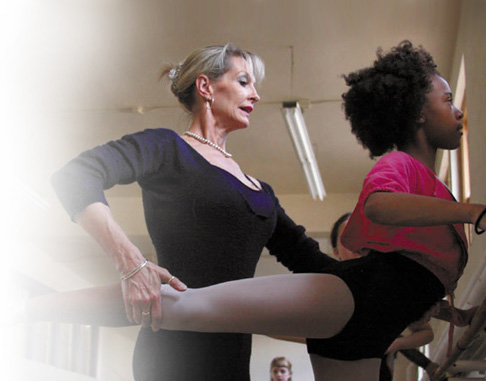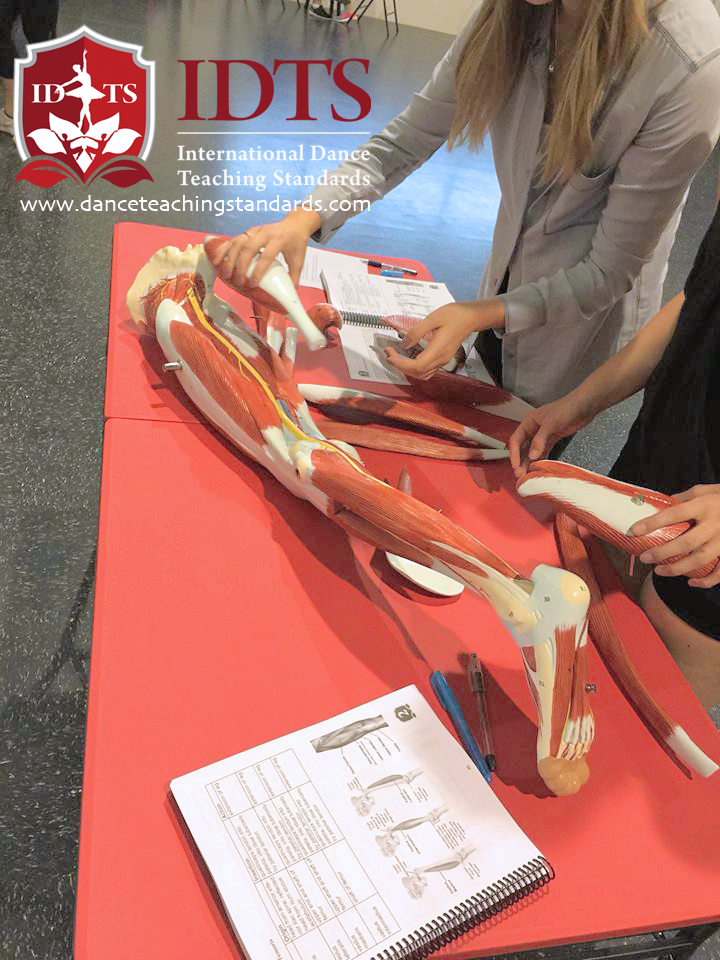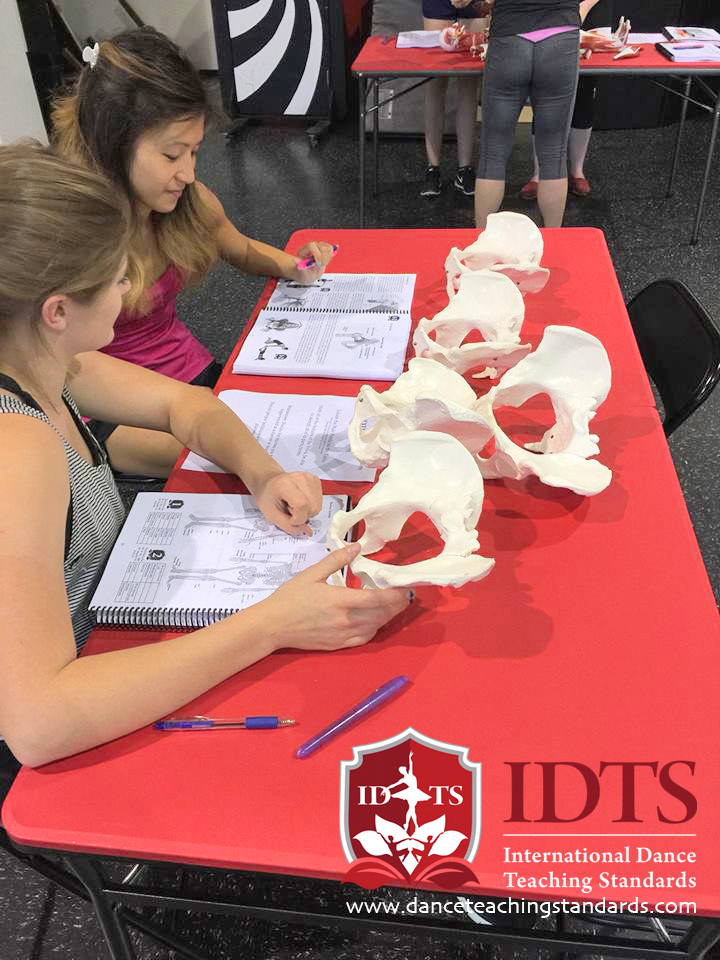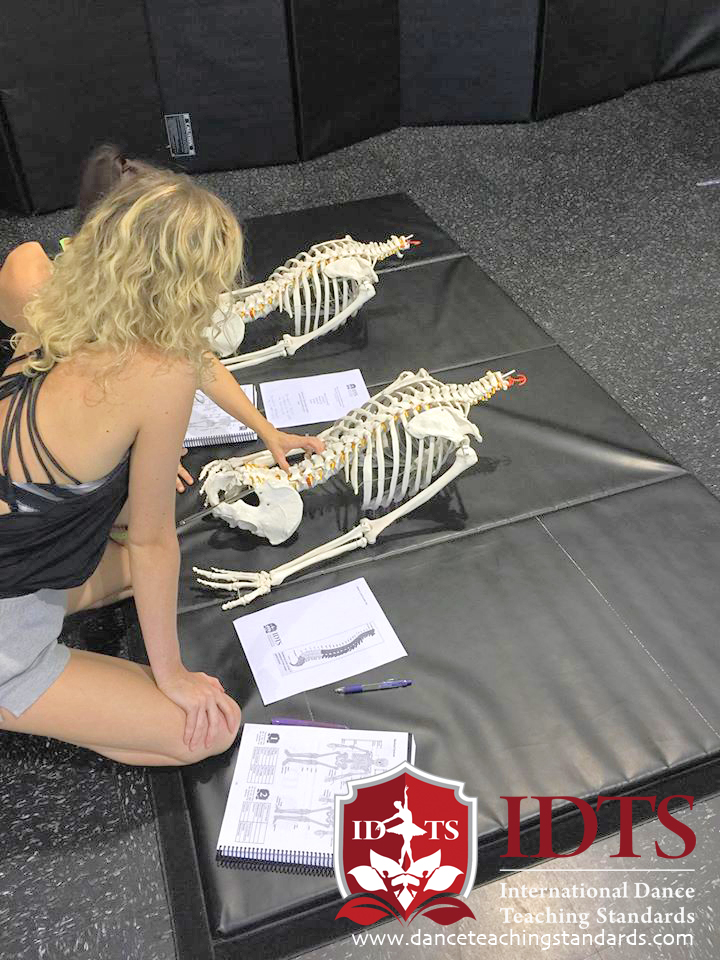
units covered in the IDTS program
An introduction to dance teaching and opportunities.
Anatomy and structural kinesiology as it applies to dancers.
Development of dance skills and phases of motor learning.
Elements of choreography and artistic exploration.
Chronic injury, acute & repetitive strain injuries common in dance.
Mechanical breakdown of physics as it applies to motion of the human body.
Nutritional content and breakdown as it applies to the caloric needs and expenditures of dancers.
A basic introduction to the history of dance in culture and society.
Strategies for developing strong team dynamics within the studio setting.
Music theory and music selection strategies.
The competitive dance industry, contracts, standards and code of ethics.
Contracts and professional standards for the teaching career.
The purpose of the IDTS program is to merge existing knowledge in creative dance arts with the science of physical education.
UNIT 2 | Anatomy
Bones, joints and muscles are discussed and labelled in-depth, along with common dance-related injuries causes, symptoms and treatments.


Factors to consider when teaching movement skills such as brain function and measured learning are presented with tasks and practical applications.
Choreography is a trial-and-error process of seeing, experiencing, and learning. Developing your choreographic abilities takes time and occurs in developmental stages.
This unit discusses the acute and chronic injuries; injury prevention; and the steps to take when injury does occur in the classroom.
The purpose of this unit is to introduce basic biomechanical concepts that arise in dance instruction. Mechanical analysis of dance skills addresses the review of forces applied to the body and how the body manipulates these forces.
Communication regarding health and nutrition in dance is like the game “telephone.” Because information is communicated primarily through word of mouth, much of it gets distorted, and when it comes to areas such as diet and nutrition, this distortion can cause a great deal of trouble.
Knowing where a dance form originated can help shape choregraphy and classroom exercises.
Factors affecting team cohesion are discussed, including building a functional team and disruptions to studio dynamics.
Basic music theory, appropriate song selection and proper track cutting for routines is combined in this chapter.
The competitive dance trend has changed the role of dance in the community setting. Important challenges such as judgement criteria, performance-enhancing drugs and the roles played by parents are discussed in this unit.
Enter into your new working relationship with eyes and ears open. Learn how to negotiate the best contract between teacher and employer.



FAQ’S
This course can be completed at your own pace, from time of registration the course must be finished within one year.
close XA certificate of completion is awarded to all candidates who sucessfully complete the program.
close X
Assistant Teacher Certification $35
Developing Teacher Certification $150
Standard Teacher Certification - Module One - $450
Standard Teacher Certification - Module Two - $200
Advanced Teacher Certification - Module Three - $450
close XThe IDTS teacher certification program is recognized internationally. Check with your prospective studio employer for other required credentials that may be needed for future employment.
close XSigning up is simple! Just follow the link on the 'register here' tab! You will need a credit card to checkout online.
close X